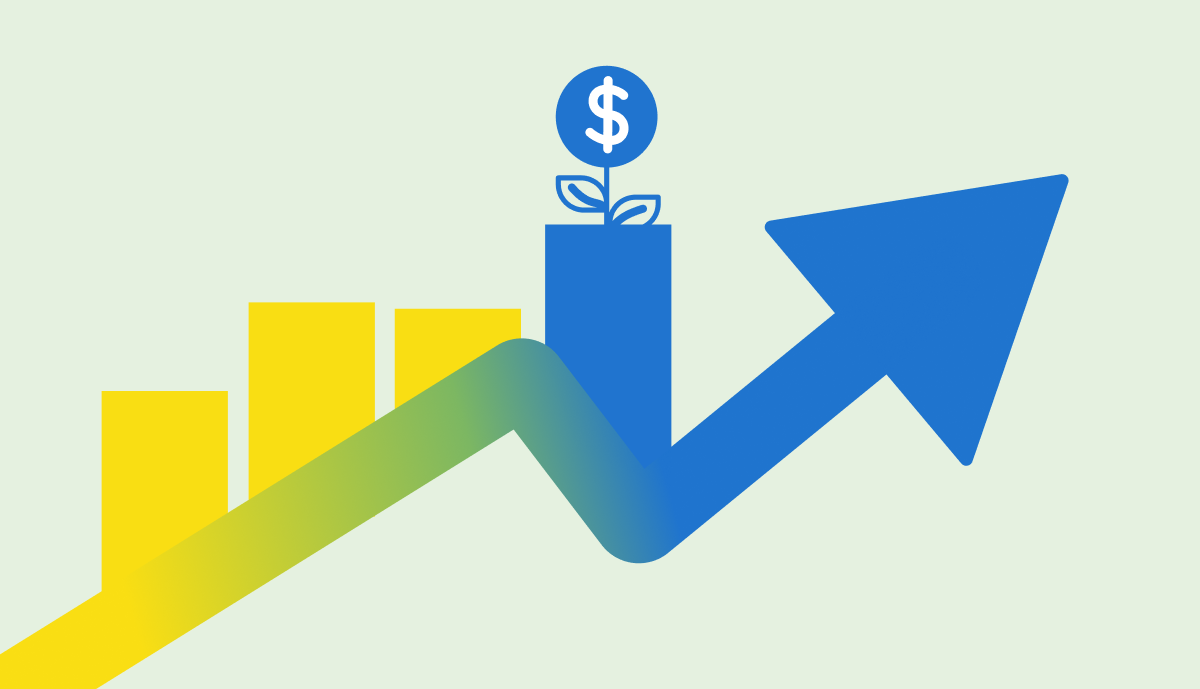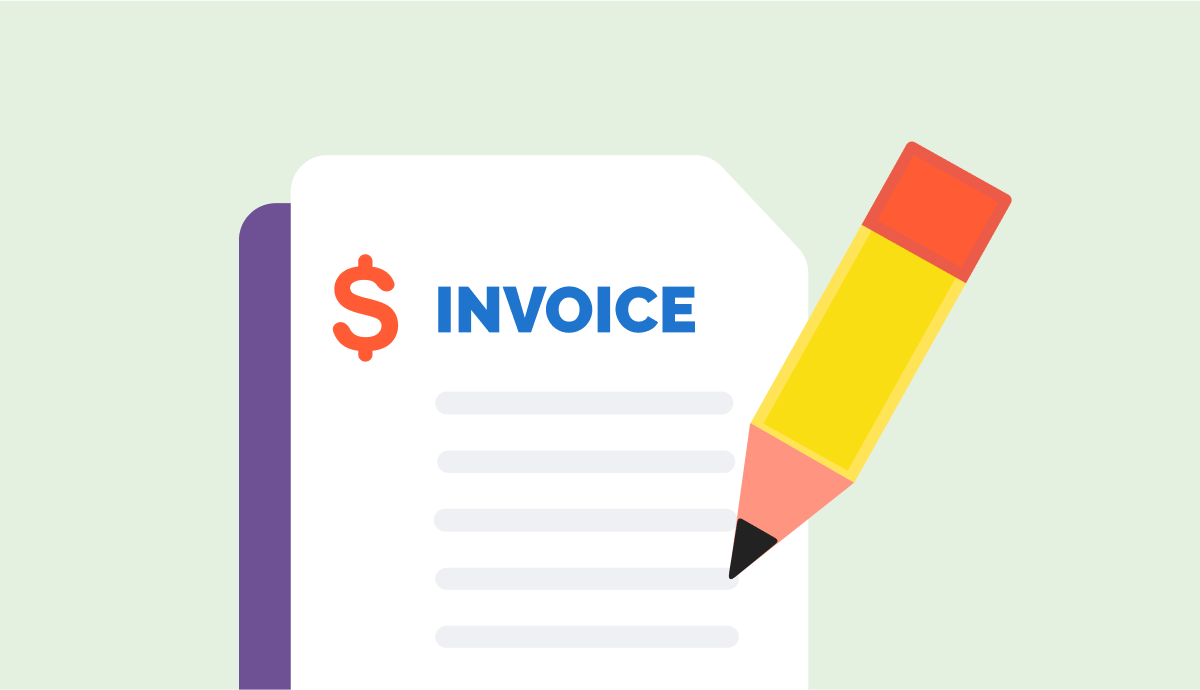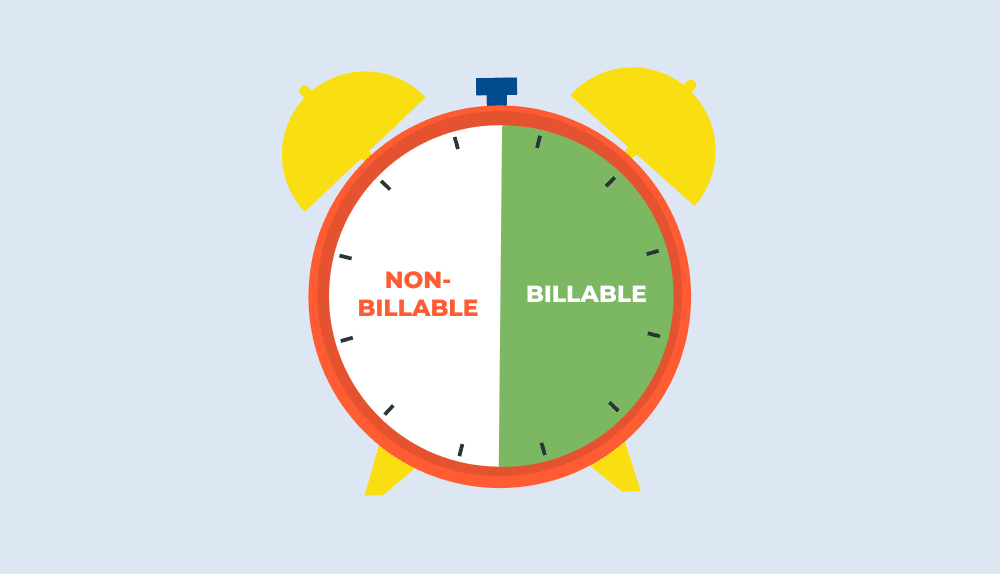
What Is the Importance of Monitoring and Controlling in Project Management?
Managing a project portfolio is important to understand how projects are performing against key metrics like profitability and resource utilization. Properly monitoring and controlling in project management will surface issues in time to correct them, create more efficient project teams, and keep projects in alignment with organizational objectives.
Proper project monitoring and control processes, which involve the management and oversight of a project to keep it on time and on budget, are the foundational blocks of portfolio management. When projects are monitored and controlled to reduce risk and create better outcomes for customers, the entire organization benefits.
As an increasing number of organizations are realizing the need for a closer connection between projects and strategy, monitoring and controlling in project management takes on an even greater importance.
3 Techniques for Better Project Monitoring and Control
Controlling a Project: Technique #1
Start with the right project controls on every project. Align objectives with organizational goals and those of the project acceptors. Using a consistent project methodology across the organization is key to being able to measure and manage at a portfolio level.
Proactively identify risks by project and include project budgeting and forecasting as well as team capacity planning. And most importantly, ensure your project managers and the teams they manage regularly enter time and update project and staffing plans so you’re able to take that data to assess project portfolio health in a number of ways.
BONUS POINTS for integrating your CRM data to factor in upcoming work that might affect the overall process of monitoring and controlling in project management.
Project Monitoring and Measuring: Technique #2
Once you’ve aligned your project teams, it’s time to monitor, measure and report on project progress. Establish relevant metrics, like performance to budget, and measure them regularly for quality control. Regular reporting on metrics and other reports like projected resource utilization keep individual project managers and organizational stakeholders informed and create high-performing teams that deliver.
Monitoring and Evaluation Tools in Project Management: Technique #3
Refine your measurements as you learn and grow. Project monitoring tools and techniques can easily grow to include deeper analytics like rate realization and chargeable utilization. As your business scales and grows, consider implementing a tool for monitoring and controlling in project management that includes tracking, project alerts, automated reporting and nuanced measurements.
Bonus: Download this FREE guide to learn the key KPIs you need for monitoring and controlling in project management, and how to use them to drive project success and fuel growth!
For Effective Project Monitoring and Control, Start Small
Take the first steps in project monitoring and control by creating a culture around shared goals and expectations for your business, reporting on progress toward those goals and addressing issues as they arise. As you see more of your projects delivered on time and on budget, your business will grow and you’ll at some point outgrow spreadsheets, point solutions and homegrown dashboards and reports.
That’s when project monitoring tools and techniques provided by project management software and time tracking will likely need to be replaced with a more effective tool for scalable project monitoring. As SPI Research indicates in their 2022 Professional Services Maturity Benchmark survey, “heroics and firefighting are no longer the standard way of doing business as disciplined management systems, controls and integrated systems ensure predictability and repeatability.”
PSA Software is a Scalable Project Portfolio Management Tool
There are multiple project monitoring tools and techniques available to support an organization’s success and keep projects on track. Professional Services Automation (PSA) software, however, provides an integrated system for monitoring and controlling in project management at both a project and project portfolio level. Project managers use PSA software to create a plan for their project(s) and develop a resource plan accordingly.
Staffing needs flow to resource managers for assignments, and project team members see those assignments on their timesheets. The time entry data is fed back to project managers to keep a project on track, on budget and on schedule.
At a portfolio level, PSA enables the roll up of granular project data to show organizational performance. Monitoring and controlling your project portfolio is easy with at-a-glance data like a resource management dashboard and reports. These provide visibility into where the business will attain revenue targets, where losses are preventing realization of planned bill rates, or how exposed the firm is to the loss of key clients.
Surfacing issues before it is too late, creating more efficiencies on project teams and obtaining the necessary visibility into staffing needs are just some of the benefits of project portfolio management system that a PSA enables.
In Summary
Monitoring and controlling in project management adds value by providing project stakeholders the tools they need to assess the performance of projects and project portfolios. Project monitoring and control processes serve as a gateway for reviewing and reporting on project results, which allows management to analyze how successful a project or portfolio is in completing its objectives.
Three techniques for better project monitoring and control include:
- Aligning project objectives with organizational goals and those of the project acceptors.
- Monitoring, measuring and reporting on project progress.
- Refining your measurements as you learn and grow; as your business scales, consider implementing a project and portfolio monitoring tool.
Whether it’s for a specific project or for your entire portfolio of projects, monitoring and controlling in project management gives the necessary real-time visibility to make strategic decisions that will help projects not only stay in alignment with a service organization’s strategy, but also provide the information needed to keep projects profitable and working within the intended scope.
We’re here to help with monitoring and controlling your projects and project portfolio. If you’d like a free consultation to determine if a PSA solution is right for your professional services organization, contact a PSA project specialist today!
Frequently Asked Questions About Monitoring and Controlling in Project Management
What is monitoring and controlling in project management?
Monitoring and controlling in project management is the management and oversight of a project or project portfolio to keep it on time and on budget, which is a foundational block of portfolio management.
Why monitoring and control is important in project management?
Properly monitoring and controlling project work will surface issues in time to correct them, create more efficient project teams, and keep projects in alignment with organizational objectives. Managing a project portfolio is important to understand how projects are performing against key metrics like profitability and resource utilization.
What are the key project management steps for monitoring and controlling a project?
Three steps or techniques for monitoring and controlling a project include:
1. Align objectives with organizational goals and those of the project acceptors, while proactively identifying risks by project. Include project budgeting, forecasting and team capacity plans, and ensure project managers and teams regularly enter time.
2. Monitor, measure and report. Establish relevant metrics, like performance to budget, and measure them regularly.
3. Refine your measurements as you learn and grow. As your business scales and grows, consider implementing a tool for project monitoring and tracking that includes project alerts, automated reporting and nuanced measurements.
What is a project monitoring tool?
Project monitoring tools are software that can help you to plan and track a project and manage it effectively in order to meet the goals of the project. While there are multiple project monitoring tools and techniques to help with project monitoring, professional Services Automation (PSA) software provides an integrated system for monitoring and controlling at both a project and project portfolio level.



.png)


